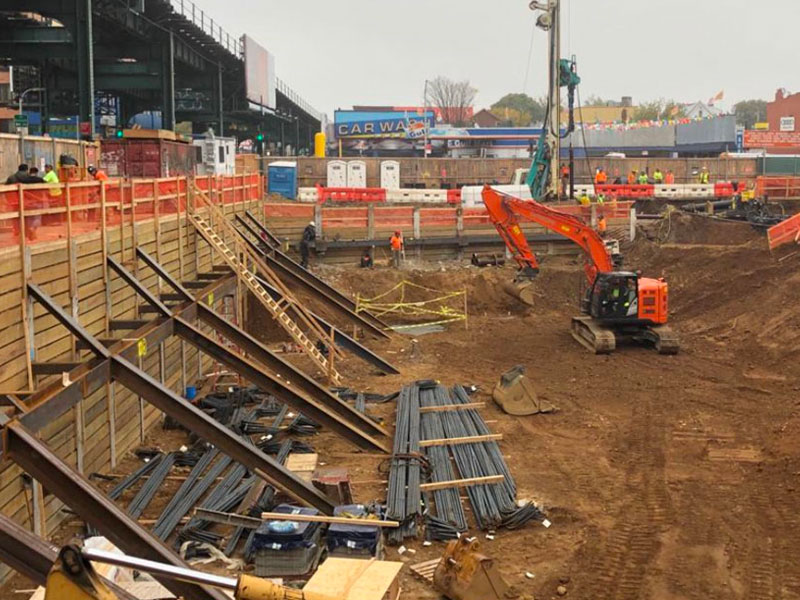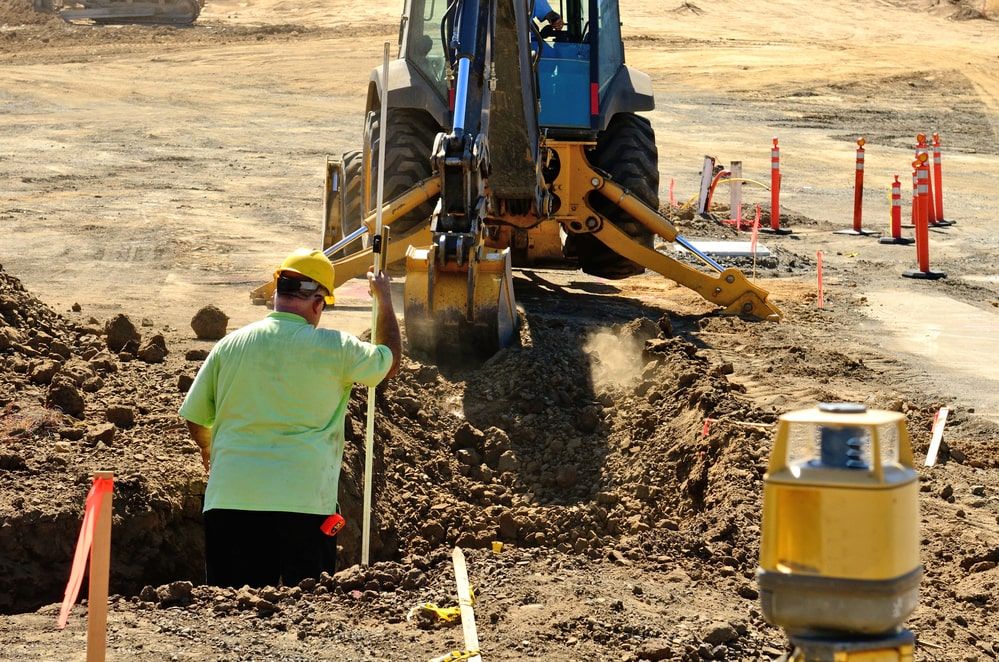Dump Truck Companies in Ohio - Reliable Dump Truck Services Across Ohio
Dump Truck Companies in Ohio - Reliable Dump Truck Services Across Ohio
Blog Article
Comprehensive Exploration: The Scientific Research Behind Superior Excavation Practices
The realm of excavation methods is a domain name where scientific research links with workmanship to unearth the mysteries hidden underneath the planet's surface area. From ancient hand tools to contemporary hydraulic excavators, the advancement of excavation methods has actually been a testimony to human ingenuity and technical advancements. What really sets remarkable excavation methods apart is a deep understanding of geological principles, combined with the use of innovative devices and methodologies. By exploring the scientific research behind these techniques, we can reveal the secrets that exist underneath our feet and appreciate the accuracy and competence that enter into every dig.
Development of Excavation Methods
Throughout history, the evolution of excavation strategies has actually played a vital function in advancing construction practices and historical explorations. From the fundamental tools used by our forefathers to the innovative machinery employed in modern times, the progression of excavation methods has substantially transformed how we approach numerous jobs.
In ancient times, manual work with basic devices such as wheelbarrows, shovels, and pickaxes was the primary approach of excavation. This labor-intensive process limited the deepness and scope of excavations, usually resulting in slow-moving progress and restricted accessibility to certain sites. As human beings advanced, so did the devices and strategies utilized for excavation.
The Industrial Revolution marked a transforming point in excavation practices with the introduction of steam-powered equipment. In contemporary times, technology plays a critical function in excavation, with improvements like General practitioner systems, drones, and 3D scanning improving precision and efficiency in the field.
Function of Innovation in Excavation

The integration of cutting-edge technology has fundamentally changed the area of excavation, enhancing accuracy and effectiveness to extraordinary degrees - lancaster trenching. One of the crucial technological innovations that has substantially impacted excavation methods is the application of GPS systems.
Moreover, the advent of 3D modeling and simulation software application has structured the planning process for excavation jobs. Designers and operators can currently visualize the entire excavation process prior to beginning, identifying prospective difficulties and enhancing operations. Combined with this, the implementation of drones in excavation activities has assisted in airborne studies, volumetric dimensions, and site inspections with unrivaled speed and precision.
Geological Principles in Excavation
An understanding of geological concepts is necessary for making sure the structural integrity and security of excavation websites. Geological elements play an important role in identifying the feasibility and safety and security of excavation jobs.
By conducting detailed geological studies and analysis, excavators and designers can establish approaches to reduce threats and ensure the successful conclusion of excavation projects. Inevitably, incorporating geological concepts into excavation techniques is essential for attaining safe, reliable, and sustainable outcomes.

Latest Tools for Excavation
In the realm of excavation practices, contemporary advancements in tools have transformed the effectiveness and precision of excavation processes. One of the latest tools making waves in the industry is the use of drones equipped with innovative imaging technology. These drones can give thorough airborne studies of excavation sites, providing real-time data on topography and possible threats. This info aids in better preparation and decision-making throughout the excavation process.
Another cutting-edge device acquiring appeal is the application of 3D printing technology for developing custom-made excavation equipment. This enables the production his comment is here of specialized devices that are tailored to the details demands of a project, raising efficiency and minimizing downtime.
Additionally, advancements in materials scientific research have actually caused the advancement of stronger and more sturdy excavation devices. lancaster trenching. Tungsten carbide-tipped excavator attachments, as an example, offer remarkable efficiency in tough ground conditions, boosting productivity on-site
Scientific research's Influence on Excavation Practices

In addition, improvements in materials science have actually brought about the development of stronger, a lot more resilient excavation tools and devices. The usage of composite materials in shovels and miners has actually enhanced their efficiency and longevity, eventually raising efficiency on excavation websites. Furthermore, clinical research on dirt mechanics and geotechnical design has actually supplied valuable understandings right into soil actions, allowing excavation experts to make informed decisions regarding excavation techniques and dirt stablizing techniques. In general, scientific research continues to drive innovation and renovation in excavation practices, making excavation jobs more effective, cost-efficient, and sustainable.

Verdict
In conclusion, the evolution of excavation techniques has actually been substantially affected by developments in technology and a much deeper understanding of geological concepts. The newest tools and equipment made use of in excavation have boosted performance and precision in the area. The next application of clinical knowledge has actually dramatically enhanced excavation techniques, bring about a lot more sustainable and effective approaches for excavating numerous sorts of materials.
In the realm of excavation methods, contemporary developments in devices have actually reinvented the effectiveness and precision of excavation processes. By leveraging clinical concepts, the excavation market has been able to considerably improve performance, precision, and security in excavation processes. GPR allows excavation groups to non-invasively check and map subsurface frameworks, utilities, and potential threats, allowing them to plan excavation tasks with greater accuracy and minimized risk of crashes.
In addition, scientific research on dirt mechanics and geotechnical design has actually offered valuable understandings into dirt habits, allowing excavation specialists to make enlightened decisions relating to excavation techniques and soil stablizing techniques. On the whole, scientific research continues to drive innovation and renovation in excavation practices, making excavation tasks a lot more efficient, economical, and sustainable.
Report this page